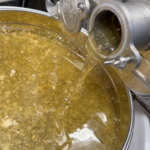 Is raw honey the same as the honey you find on your grocery store shelves? What does it mean when the honey is labeled “pure,” “organic,” or “natural”? Which among these types of honey is the sweetest or the healthiest? This article answers your most important questions about this elite superfood.
Is raw honey the same as the honey you find on your grocery store shelves? What does it mean when the honey is labeled “pure,” “organic,” or “natural”? Which among these types of honey is the sweetest or the healthiest? This article answers your most important questions about this elite superfood.
Anyone can buy a bottle of grocery store honey, but that doesn’t mean you get the true honey experience. Those who settle for regular honey miss out on a world of unique honey flavors and characteristics. Every spoonful of raw honey is a sweet tribute to the hive it came from, and no two bottles are the same.
What separates the two kinds of honey? Learn all about it with this overview of the difference between raw honey and regular honey.
How It’s Made
All honey starts at the same source: the harvest from a honey beehive. Beekeepers remove the bee frames from their hives and place them in a honey extractor. The extractor spins the frames, releasing the honey so that it drips down to the bottom of the extractor’s drum.
From there, beekeepers filter the honey to remove debris, such as wax or pieces of honeycomb.
Meanwhile, regular honey goes through a pasteurization process, which involves heating the honey to a high temperature to destroy the microorganisms within it. Pasteurization also turns the cloudy and opaque appearance of raw honey into the smoother and clearer consistency that you see on regular honey.
However, the pasteurization process also strips raw honey of many enzymes, minerals, and amino acids. This means that the resulting product lacks many characteristics that make raw honey special.
Health Benefits
Apart from the pasteurization process, the biggest difference between raw honey and regular honey is the health benefits of each.
Honey straight from the hive contains many nutrients and other beneficial elements. Raw honey naturally contains impurities like bits of pollen or propolis. These natural substances can have anti-inflammatory and antibacterial properties.
Raw honey is also bursting with enzymes, antioxidants, and vitamins. Regular honey loses these properties when it undergoes the pasteurization process.
While this process kills bacteria, it also destroys many of raw honey’s beneficial nutrients. As such, raw honey is the way to go if you enjoy a spoonful of honey to soothe a sore throat.
What are the benefits of eating raw honey?
Honey that comes straight out of the hive has a long history of medical uses and benefits. In fact, eating raw honey affords you more benefits than consuming regular honey. Pasteurization is the only difference between raw and regular honey, but it makes a world of difference when it comes to net nutrients and beneficial elements.
Who should avoid raw honey?
It’s generally safe to consume raw and regular honey. However, both types may contain small amounts of the bacteria called Clostridium botulinum, which causes a serious gastrointestinal condition in babies, a condition called infant botulism. As a rule, avoid giving raw honey to children under 12 months old.
Which honey is the healthiest?
Nothing beats raw and unfiltered honey when it comes to getting honey’s full range of benefits. Raw honey contains varying amounts of enzymes, amino acids, trace amounts of vitamins and minerals, and other beneficial compounds. It is a great source of antioxidants and has antifungal, antibacterial, and anti-inflammatory properties.
Eating raw honey gives you all these benefits. That said, raw and unfiltered honey is the healthiest honey there is.
Taste
Each bottle of raw honey comes with its own unique color, texture, and flavor. These characteristics are the result of the local bee pollen that exists within raw honey. Some types of raw honey even hold a taste that matches the flowers the honey bees foraged from while making that season’s honey.
For example, a hive that mainly pollinates blueberry plants will produce honey with a subtle blueberry tang. When manufacturers remove the pollen and other natural elements during pasteurization, the honey loses that touch of something special.
Raw honey often takes a little more effort and money to obtain, but it’s easily the superior choice. If you can’t get enough of this golden treat, visit your local farmers’ market or your friendly neighborhood beekeeper.
The more you support beekeepers and their honey bees, the more we can enjoy all the benefits of raw, local honey!
Which is sweeter raw honey or regular honey?
The natural sugars and enzymes in honeycomb or raw honey lend it its natural sweetness. Unfortunately, pasteurization destroys most of them, which is why regular honey is less sweet than fresh honeycomb or raw honey.
Is Pure Honey the Same as Raw Honey?
It’s easy to confuse pure honey and raw honey, but they are technically different types of honey.
The unrefined honey that is freshly taken from the hive and directly packaged without pasteurization is what is called raw honey. Raw honey either comes in unfiltered or filtered form, so don’t be surprised if your honey still contains pollen, bee parts, and honeycomb pieces. They are as close to the honeycomb as you can get.
A jar of honey labeled pure generally means it was not diluted with other ingredients like corn syrup. Most pure honey has been pasteurized and filtered to remove all the debris. The resulting product is still 100% honey; however, the label itself doesn’t always tell you much about how it was produced.
Pure Honey vs. Regular Honey: What’s the Difference?
Both regular honey and pure honey have been pasteurized. The only difference between the two is that pure honey does not contain any added sugars, while regular honey may contain additives, therefore, not guaranteed to be 100% real honey.
Raw Honey vs. Organic Honey: What’s the Difference?
Organic honey is different from other types of honey, not in how they are processed but in the source of the honey itself. Organic honey comes exclusively from the pollen of plants that have been grown organically. It also means that the bees have not been treated chemically.
An “organic honey” label means the source of the nectar has not been exposed to or sprayed with pesticides and other chemicals.
That said, it can be hard to guarantee that bees only harvest nectar from truly organic sources. Bees can travel as far as 2 miles (approximately 3.2 kilometers) from their hives. That means beekeepers who claim to make organic honey must closely monitor the flora surrounding the hive.
An organic certification is a good indicator that the organic honey producers have met the standards set by the regulating bodies.
Other than meeting these standards, there’s no rule against filtering or pasteurizing the honey.
Raw honey simply means it has not been heated or pasteurized. Therefore, organic honey can be raw or not, and raw honey can also be organic or not.
Organic honey gives you distinctive flavors unique to its source and ensures you get clean, immaculate honey au naturale.
Natural honey vs. Pure Honey: What Sets Them Apart?
Pure honey means no additive has been added to your honey. It is 100% honey. Natural honey simply means it does not contain artificial ingredients and additives but may have been mixed with natural ones.
Unfiltered Honey vs. Filtered Honey: What’s the Difference?
All honey undergoes some form of filtration before they are packaged, but there’s a difference between simply straining raw honey and filtering it.
Straining honey only removes large, visible debris, but it retains the minuscule detritus like bee pollen and the vital molecular components that are beneficial.
Filtering honey, on the other hand, involves heating the raw honey and rapidly cooling it before straining it. Heating helps remove the fine impurities in the honey, including most of the pollen, which causes crystallization, a major complaint about honey products.
Crystallization is a normal process in honey’s natural shelf life, but it does not indicate spoilage. If stored properly, honey doesn’t spoil. The crystallization process turns your liquid honey into crystal sugar. When your honey crystallizes, it becomes thicker, giving it a cloudy or creamy appearance.
Removing these pollens increases the shelf life of the honey, allowing it to be stored longer. Filtered honey also appears clearer and less viscous than unfiltered honey, making it more aesthetically pleasing and, therefore, more marketable.
Unfortunately, filtering honey alters the chemical composition of the honey. The heat destroys most of the amino acids, enzymes, vitamins, and minerals in unfiltered honey.
To sum it up, unfiltered honey is honey that comes straight from the hive, does not undergo pasteurization, and is only minimally processed. It still contains pollen and has a more cloudy and opaque appearance. Filtered honey is honey that has been pasteurized to remove most of the pollen, and it appears clearer and smoother in texture.
Of course, you get more health benefits from raw and unfiltered honey than filtered pure, natural, or regular honey.
Conclusion
Honey comes in surprisingly varied types based on where they are sourced and how they are processed.
Honey that is labeled raw means it was not pasteurized and is as fresh from the honeycomb as you can get. A honey bottle is labeled “organic” honey if it was produced from plants that have not been touched by chemicals.
Honey that has been pasteurized and is still 100% honey is labeled “pure.” But if it contains added sugars that are all-natural, it’s called “natural” honey. The honey you commonly find on your store shelves is what you call regular honey. They usually contain artificial additives and other ingredients.
Learning what that label means on your honey bottle will help you choose the right type of honey for your needs.
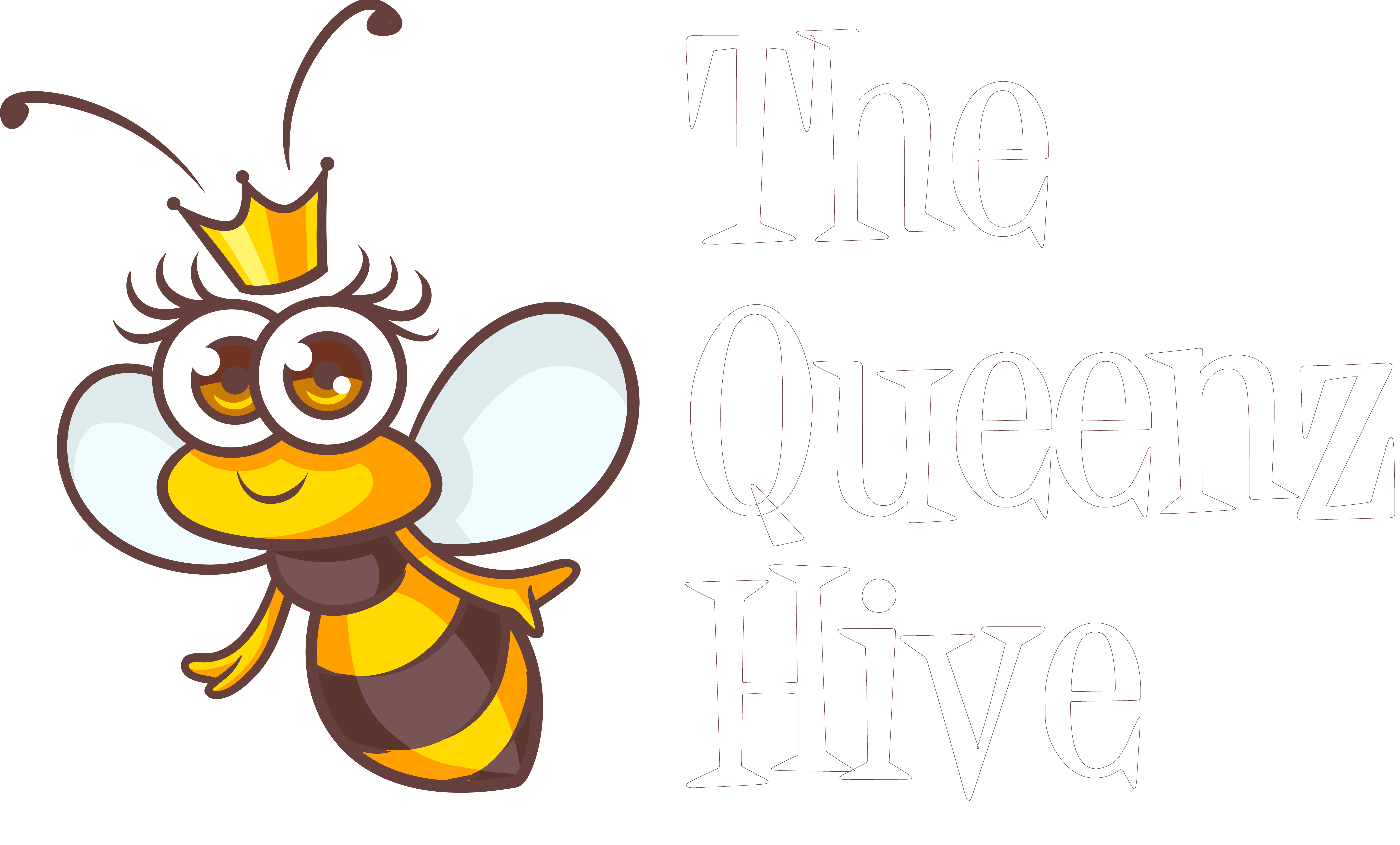
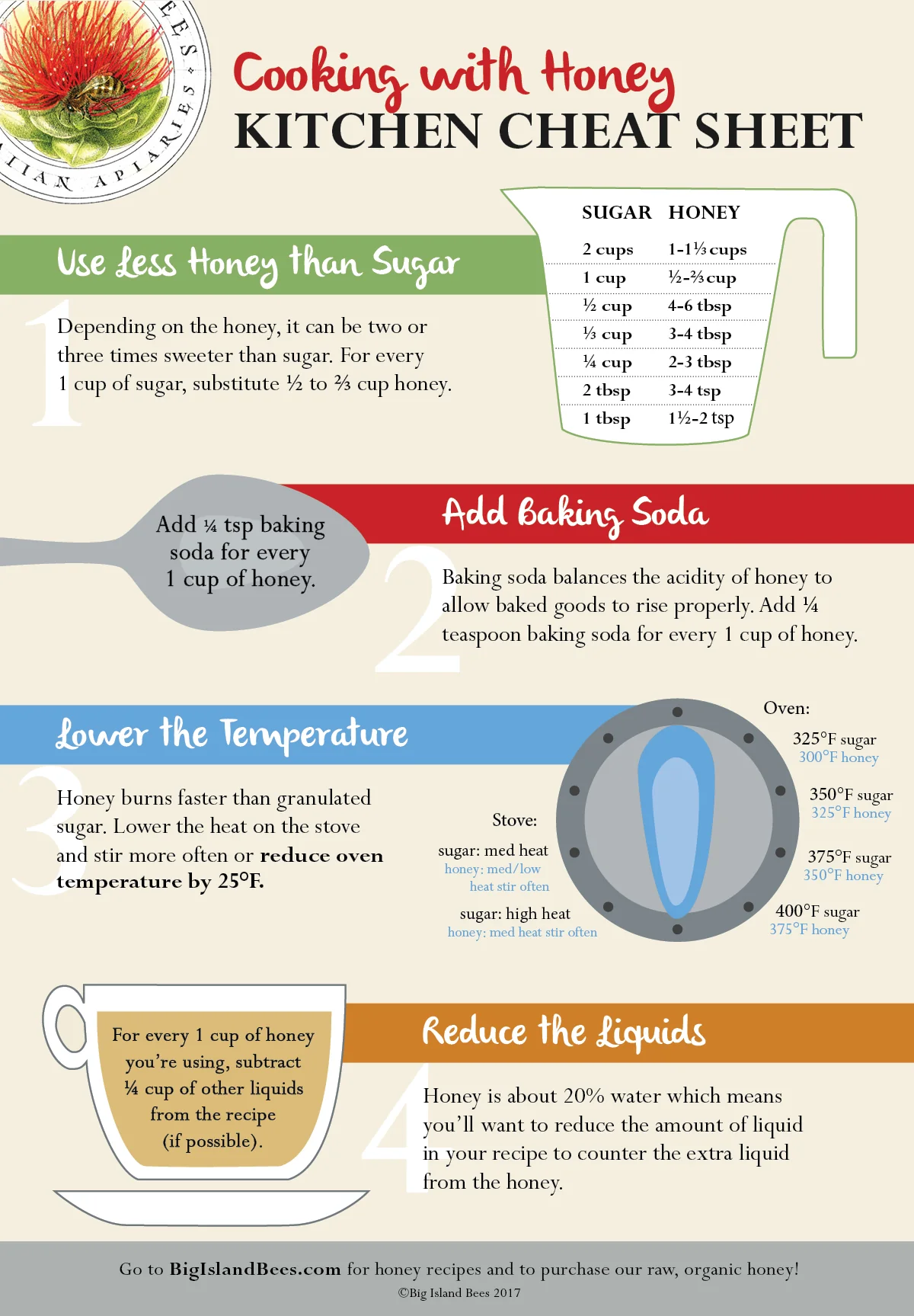
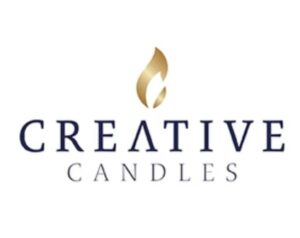 After bees ingest honey, they produce a natural waxy substance called beeswax, which they then use to build their honeycombs. This can be cleaned, filtered, and used to make beautiful and sweet-smelling beeswax candles – an irresistible treat for your nose!
After bees ingest honey, they produce a natural waxy substance called beeswax, which they then use to build their honeycombs. This can be cleaned, filtered, and used to make beautiful and sweet-smelling beeswax candles – an irresistible treat for your nose!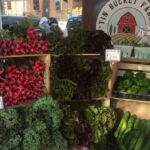 The Queenz Hive is excited to announce that our local raw honey is being sold by the Tin Bucket Farms. TIn Bucket Farms is a local Inman produce farm that grows delicious vegetables for all to enjoy!
The Queenz Hive is excited to announce that our local raw honey is being sold by the Tin Bucket Farms. TIn Bucket Farms is a local Inman produce farm that grows delicious vegetables for all to enjoy!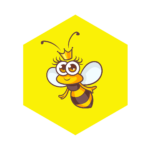 Welcome to The Queenz Hive, we hope you are having a BEE-utiful day! Thank you for visiting our page and supporting our small business!
Welcome to The Queenz Hive, we hope you are having a BEE-utiful day! Thank you for visiting our page and supporting our small business!